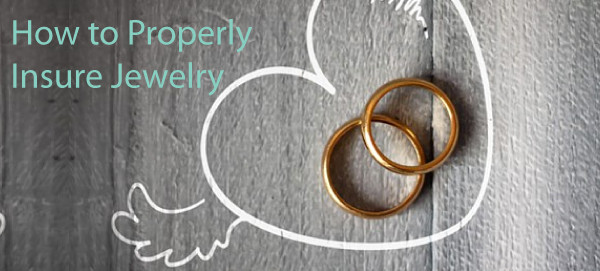With winter quickly approaching it won’t be too long before the freezing weather and snow are here. As the primary months when consumers crank up their furnaces and portable heaters, November, December, and January account for nearly two-thirds of all non-fire carbon monoxide (CO) related deaths.
In fact, according to the Center for Disease Control, this invisible killer accounts for over 500 CO deaths plus thousands of hospital visits each year. The unfortunate part is that most of these tragic deaths could be prevented by implementing some basic safety measures. With that in mind, we want to share some insight into what CO poisoning is, how it affects your body, and what you and your family can do to ensure you are protected.
Also, as a final note, many insurance companies will provide discounts for properly installing both fire and carbon monoxide alarms. To find out more, please contact our office.
Carbon Monoxide Safety Tips
What Is Carbon Monoxide (CO)?
Carbon monoxide (CO) is an odorless, colorless gas that interferes with the delivery of oxygen in the blood to the rest of the body.
What Are the Major Sources of CO?
Carbon monoxide is produced as a result of incomplete burning of carbon-containing fuels including coal, wood, charcoal, natural gas, and fuel oil. It can be emitted by combustion sources such as unvented kerosene and gas space heaters, furnaces, woodstoves, gas stoves, fireplaces and water heaters, and automobile exhaust from attached garages. Problems can arise as a result of improper installation, maintenance, or inadequate ventilation.
What Are the Health Effects?
Carbon monoxide interferes with the distribution of oxygen in the blood to the rest of the body. Depending on the amount inhaled, this gas can impede coordination, worsen cardiovascular conditions, and produce fatigue, headache, weakness, confusion, disorientation, nausea, and dizziness. Very high levels can cause death.
The symptoms are sometimes confused with the flu or food poisoning. Fetuses, infants, elderly, and people with heart and respiratory illnesses are particularly at high risk for the adverse health effects of carbon monoxide.
What Can Be Done to Prevent CO Poisoning?
- Ensure that appliances are properly adjusted and working to manufacturers’ instructions and local building codes.
- Obtain annual inspections for heating system, chimneys, and flues and have them cleaned by a qualified technician.
- Open flues when fireplaces are in use.
- Use proper fuel in kerosene space heaters.
- Do not use ovens and gas ranges to heat your home.
- Do not burn charcoal inside a home, cabin, recreational vehicle, or camper.
- Make sure stoves and heaters are vented to the outside and that exhaust systems do not leak.
- Do not use unvented gas or kerosene space heaters in enclosed spaces.
- Never leave a car or lawn mower engine running in a shed or garage, or in any enclosed space.
- Make sure your furnace has adequate intake of outside air.
What about Carbon Monoxide Detectors?
Carbon monoxide (CO) detectors can be used as a backup but not as a replacement for proper use and maintenance of your fuel-burning appliances. CO detector technology is still being developed and the detectors are not generally considered to be as reliable as the smoke detectors found in homes today. You should not choose a CO detector solely on the basis of cost; do some research on the different features available.
Carbon monoxide detectors should meet Underwriters Laboratories Inc. standards, have a long-term warranty, and be easily self-tested and reset to ensure proper functioning. For maximum effectiveness during sleeping hours, carbon monoxide detectors should be placed close to sleeping areas.
If your CO detector goes off, you should:
- Make sure it is the CO detector and not the smoke alarm.
- Check to see if any member of your household is experiencing symptoms.
- If they are, get them out of the house immediately and seek medical attention.
- If no one is feeling symptoms, ventilate the home with fresh air and turn off all potential sources of CO.
- Have a qualified technician inspect your fuel-burning appliances and chimneys to make sure they are operating correctly.



